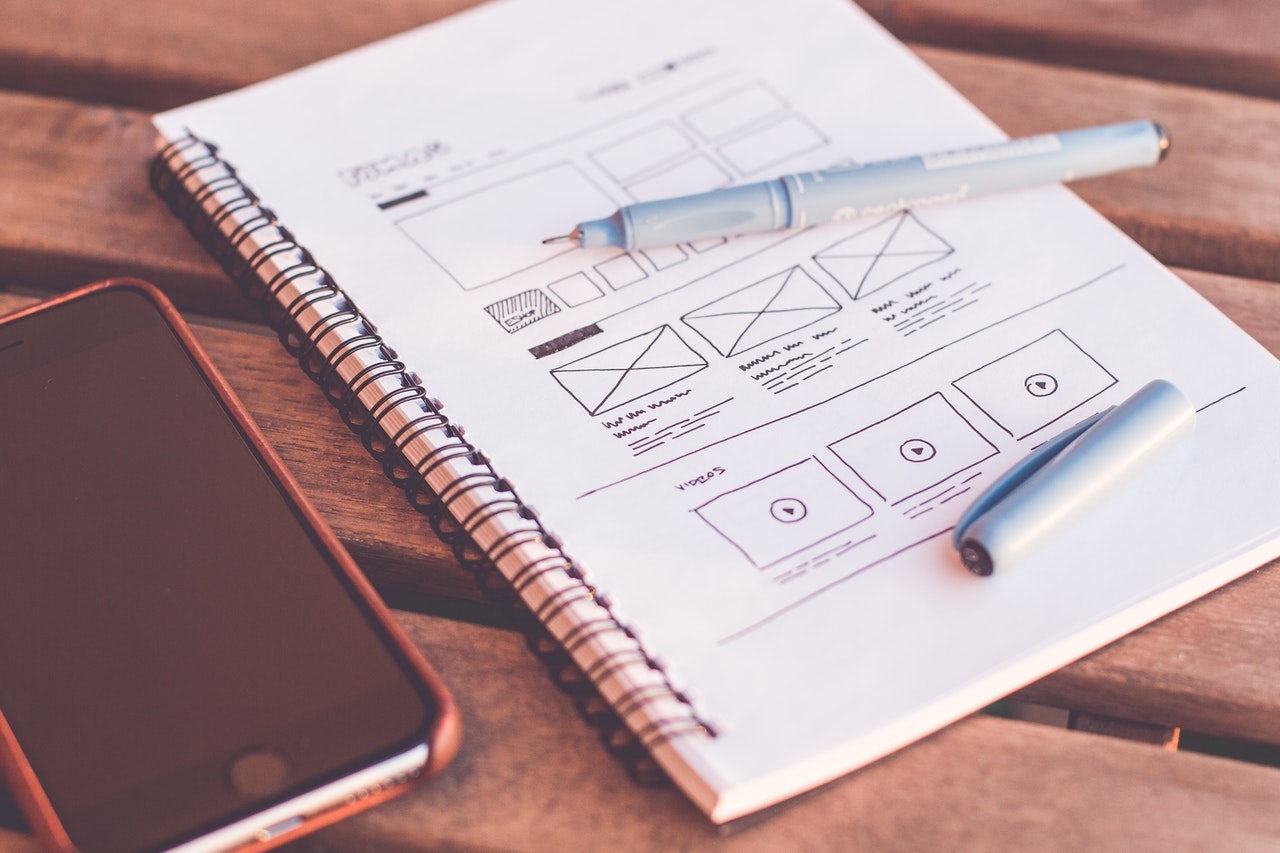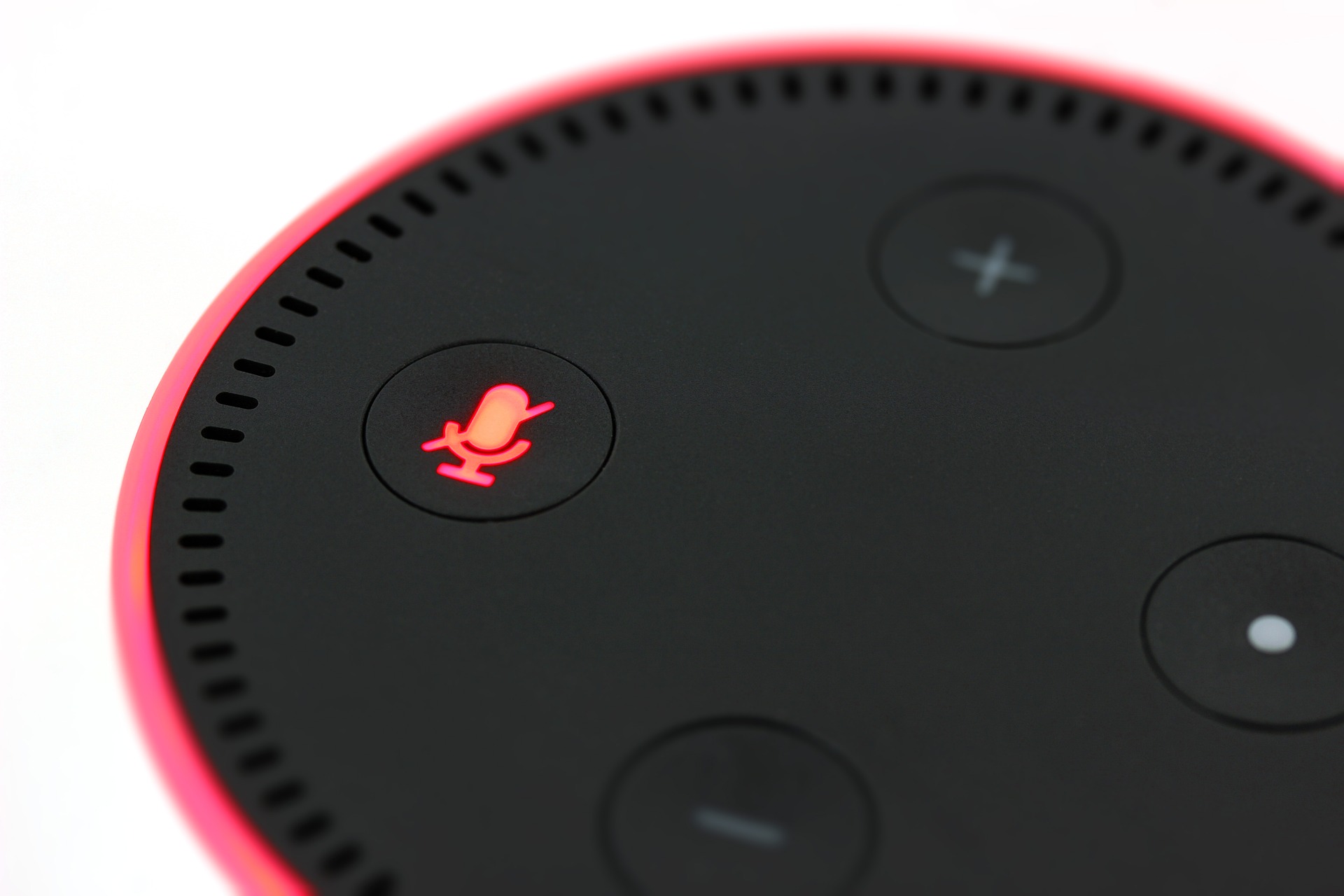If you’re in need of a new ecommerce website, or a website redesign, you might be wondering how to begin this task. You’re probably working closely with a web developer and it’s important that you’re on the same page. Provided is a step-by-step timeline for developing your ecommerce website.
Gather Information
The most important step of your website’s development timeline is the first step. Everyone working on the website needs to be well informed of the its messages and goals.
Setting up a meeting to determine the purpose of the site, what the site should accomplish, the target audience, and the kind of information the target audience is interested in will make sure everybody’s on the same page and focused on the right task.
Asking questions, conducting research, and setting priorities are necessary tactics at this first stage of the website development timeline.
Plan
Time to develop a site map. At this stage, you are going to lay out how your target audience will navigate through your site. Keeping in mind what you want your target audience to do on your website, lay out your site accordingly. If you want them to visit a certain page, make sure it isn’t hidden.
During the planning process, the website development tools should be decided. To make the site easier and faster to create, a customizable template may be a good idea. This will also make the website easier to update and maintain once it’s launched.
Create your Content
Before you start designing your website, you need the content for it. If you have your content first, your design will need less updating later on. Your content is the heart of your website, and one of the most important web development tools, so attention to detail is important.
Just like the previous stage, you have to keep your target audience and goals in mind when creating content. Keep it focused, interesting, informative, and useful. Use your content to lead your target audience to do what you want them to on your website.
This stage of the timeline can be time-consuming. You want the best quality content, so it’s okay to spend a lot of time on it. Make sure that your content is optimized, always thinking about improving your Search Engine Optimization (SEO).
Design
Now that you have your site map and your website’s content, it’s time to start the design. This is where your company’s logo and brand colours should be at the top of your mind to strengthen your organization’s identity. Design the landing page first, because it’s the jumping off point for the entire website.
Throughout the design process, everyone working on the website should be in constant communication. If you have a web developer, you should be consistently sharing mock-ups, giving feedback, and requesting changes.
Develop
This is the point where your eCommerce shopping carts and interactive contact forms are developed. This is the creation of your website: taking your prototype and turning it into a functional website.
A thorough understanding of web development is important because adding the necessary interactive elements can be a difficult task. At this stage, the website developer must ensure that all of the code is valid, which means making sure it meets current website protocol.
Test
Once your website is developed, there’s one last stage before it’s time to launch. The testing stage.
When testing your new eCommerce website, you need to test the functionality of all forms or scripts. It’s also necessary to check for compatibility issues, making sure it works in every browser.
Once it’s confirmed that your website works on every level, it’s time to launch.
Launch
A File Transfer Protocol (FTP) program is used to upload your website files onto the server. Once the site is up and running, it should be put through one final test. Make sure all plugins are installed correctly and your site has proper SEO in place.
After your eCommerce website is launched, it needs to be maintained and consistently updated. A Content Management System (CMS), such as WordPress, can be an efficient way to keep the website updated. If you used an outsourced web developer, they are more than likely happy to continue working with you to help maintain your eCommerce website. You can run your eCommerce store on HubSpot using Shopify.
Need a new website? Let the professionals do the hard work so you can make sure it’s done correctly and efficiently. Contact a web development team to help you make your vision come to life.



